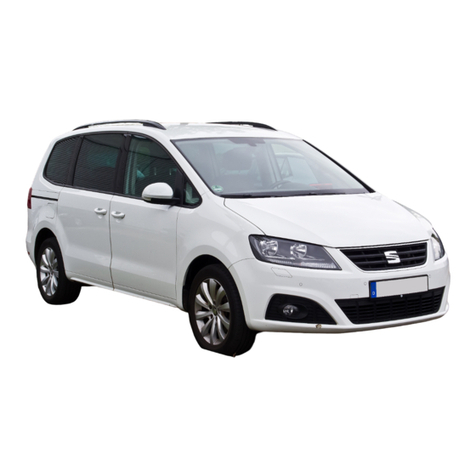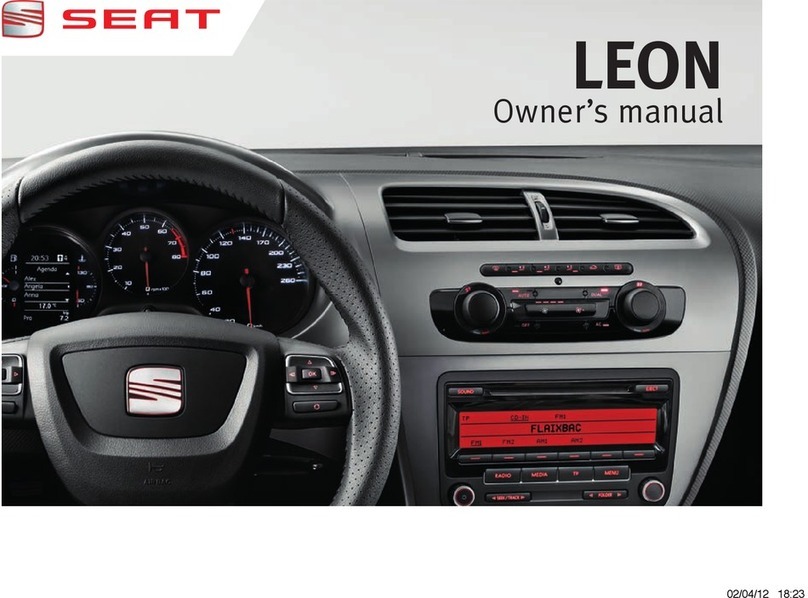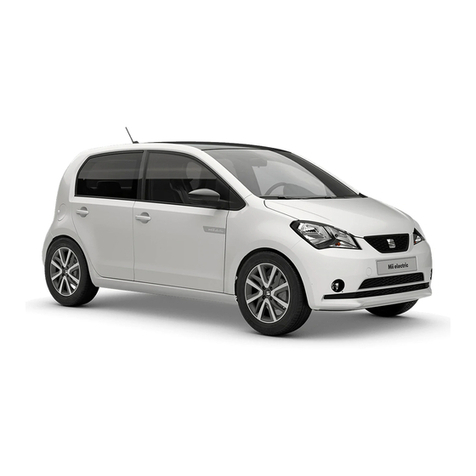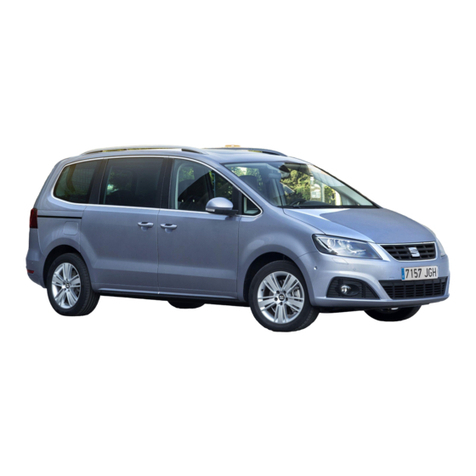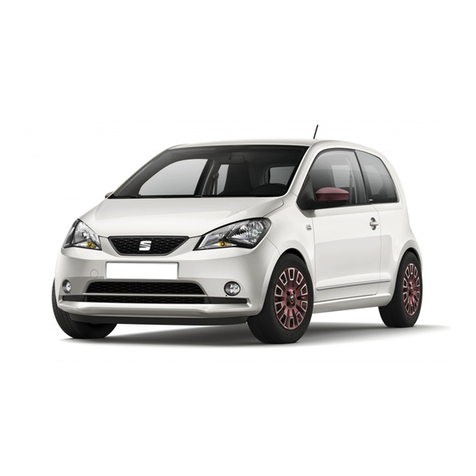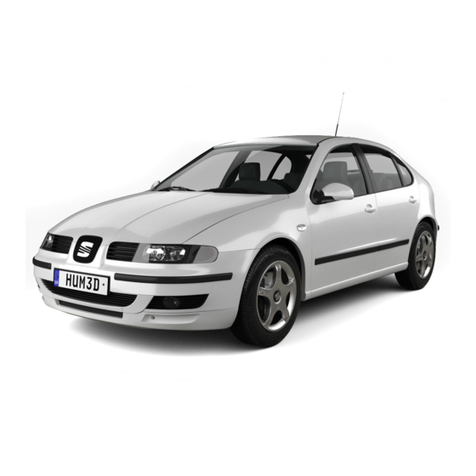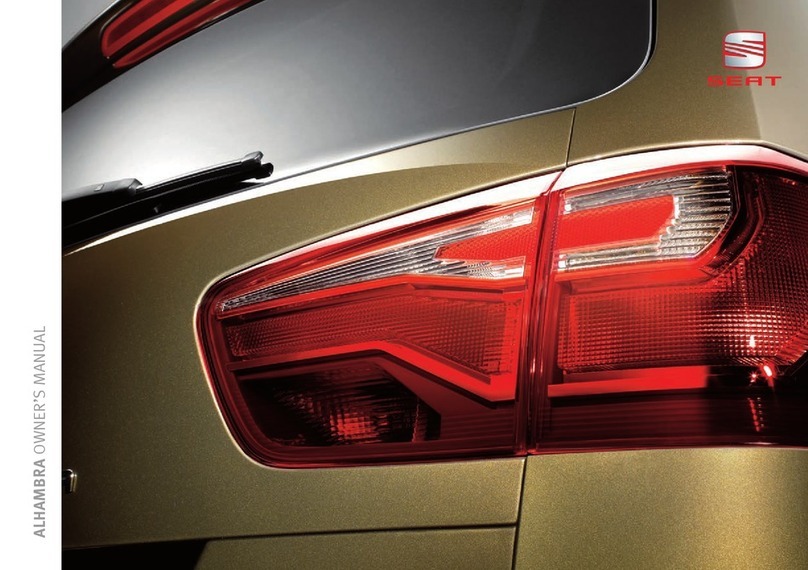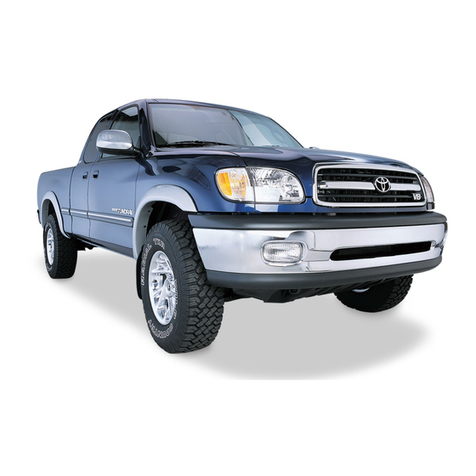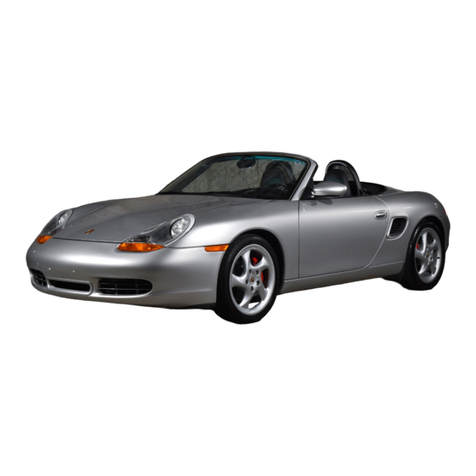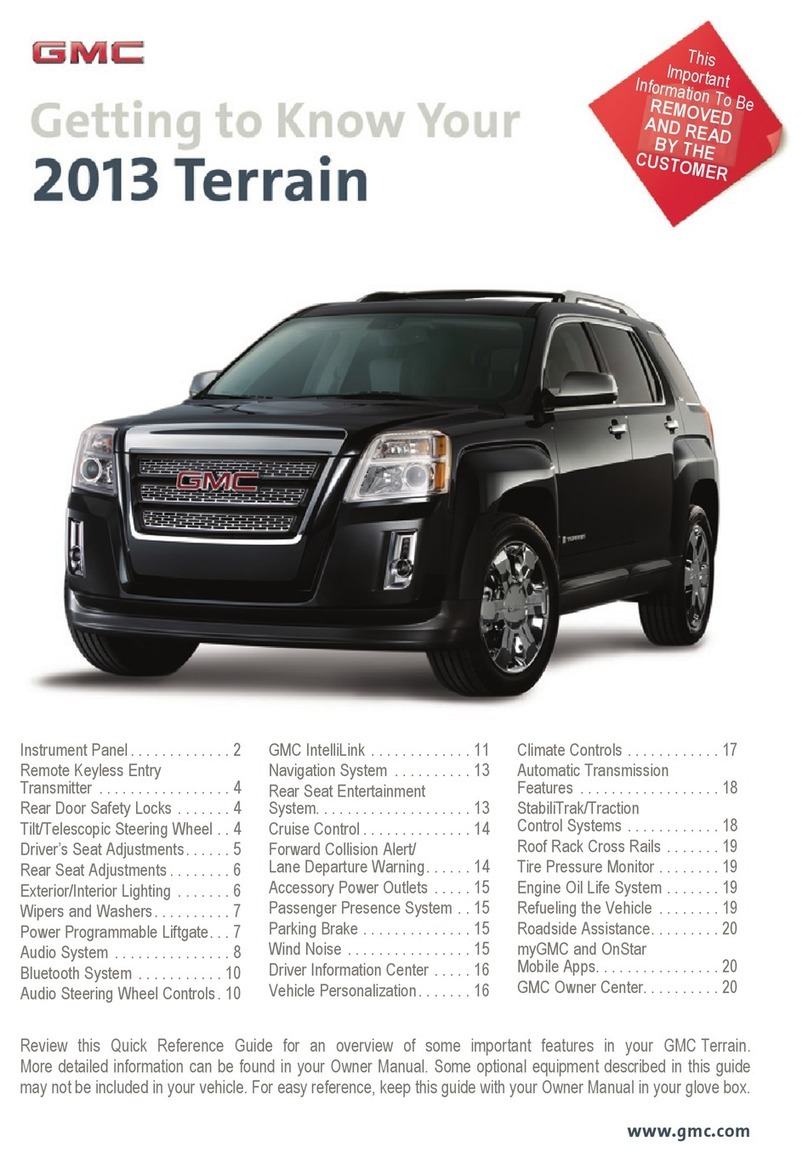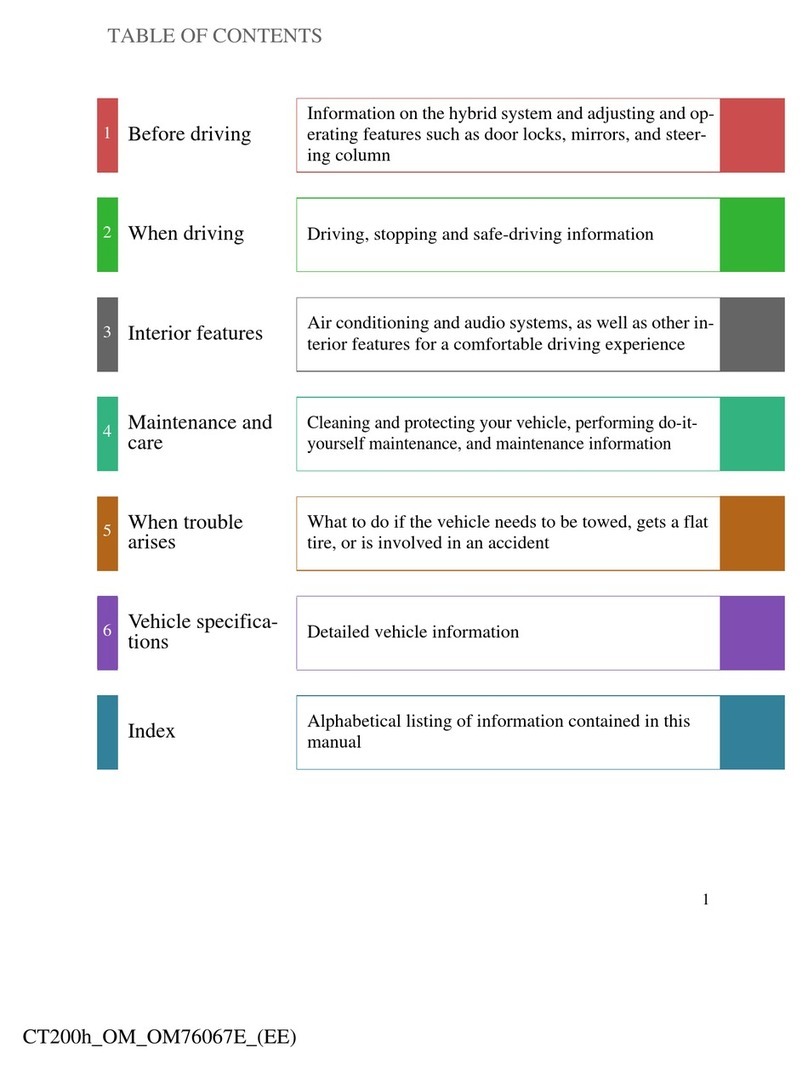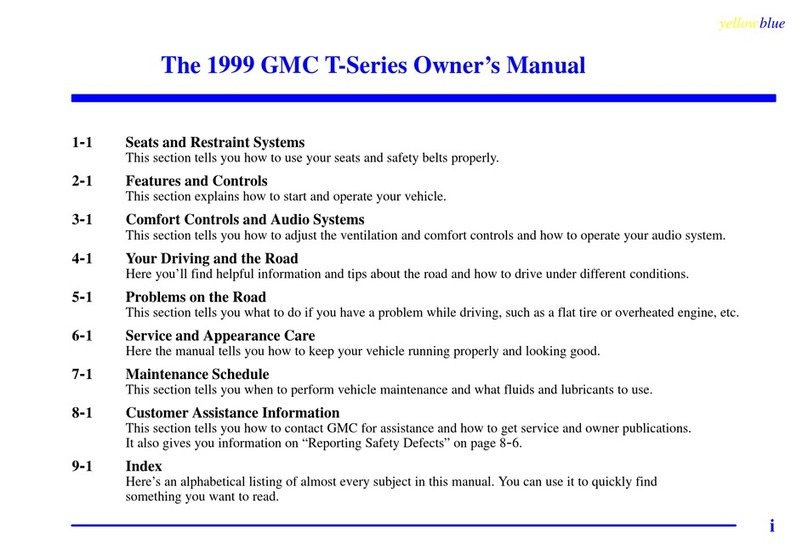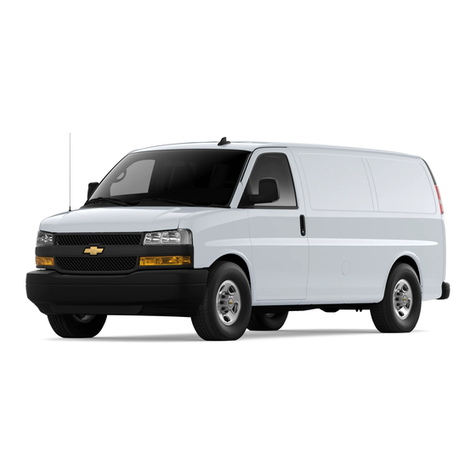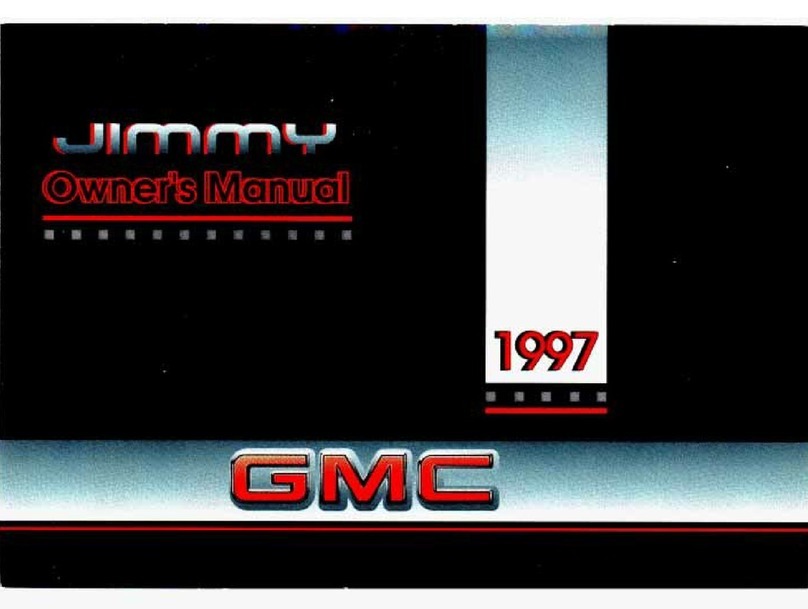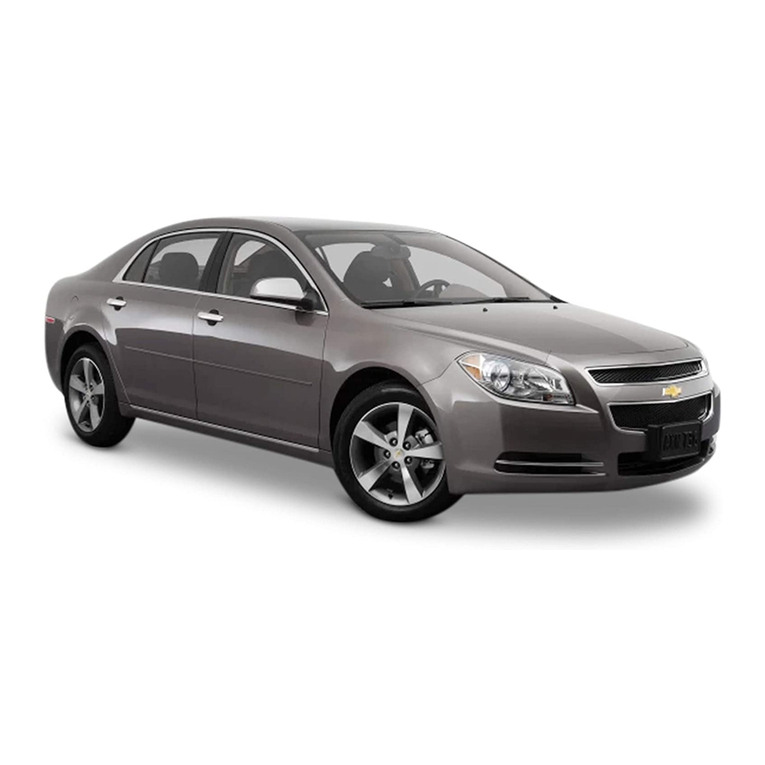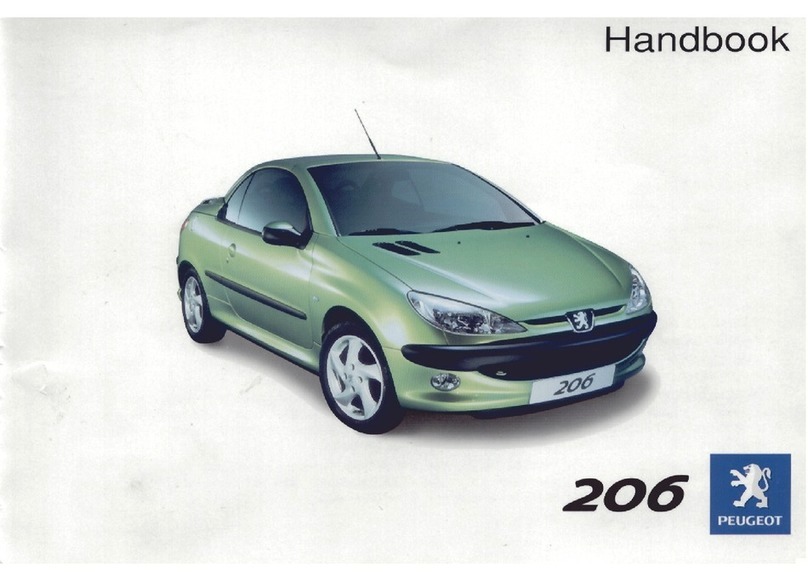Technical manual ,
____________________________________________________________________________
IBIZA SC TROPHY
0. CONTENTS
1.
Introduction ............................................................................................................. 3
0.
CONTENTS ............................................................................................................. 4
2.
General characteristics............................................................................................ 5
3.
Engine ...................................................................................................................... 6
3.1.
Presentation ......................................................................................................................... 6
3.2.
Engine Technical Data ......................................................................................................... 6
3.3.
Main elements of the engine................................................................................................ 6
3.3.1.
Overpressure circuit ..................................................................................................... 6
3.3.2.
Turbocharger................................................................................................................ 7
3.3.3.
Compressor.................................................................................................................. 7
3.3.4.
Charge air cooler.......................................................................................................... 8
3.3.5.
Oil circuit....................................................................................................................... 8
3.3.6.
Bicircuit refrigerant system........................................................................................... 9
3.3.7.
Regulated fuel system................................................................................................ 10
3.4.
Engine control..................................................................................................................... 12
4.
Gear ox .................................................................................................................. 16
4.1.
Presentation ....................................................................................................................... 16
4.2.
Technical characteristics.................................................................................................... 16
4.3.
Main elements.................................................................................................................... 16
4.3.1.
Clutch.......................................................................................................................... 16
4.3.2.
Drive shaft .................................................................................................................. 17
4.3.3.
Mechatronic moduleM................................................................................................ 17
4.4.
Operation............................................................................................................................ 17
5.
Servo-hydraulic steering system............................................................................ 18
5.1.
Steering system management............................................................................................ 18
6.
Suspension, steering, rakes. “SSB” .................................................................... 19
6.1.
Presentation ....................................................................................................................... 19
6.2.
Front axle............................................................................................................................ 19
6.3.
Rear axle............................................................................................................................ 20
7.
Suspension adjustment .......................................................................................... 21
8.
Body........................................................................................................................ 22
8.1.
Certification......................................................................................................................... 22
9.
On oard network .................................................................................................. 23
9.1.
Self-diagnosis..................................................................................................................... 24
9.2.
On board network............................................................................................................... 24
9.2.1.
Coding ........................................................................................................................ 24
9.2.2.
Measurement values block......................................................................................... 24
10.
Maintenance .......................................................................................................... 25
11.
Preseals .................................................................................................................. 26








